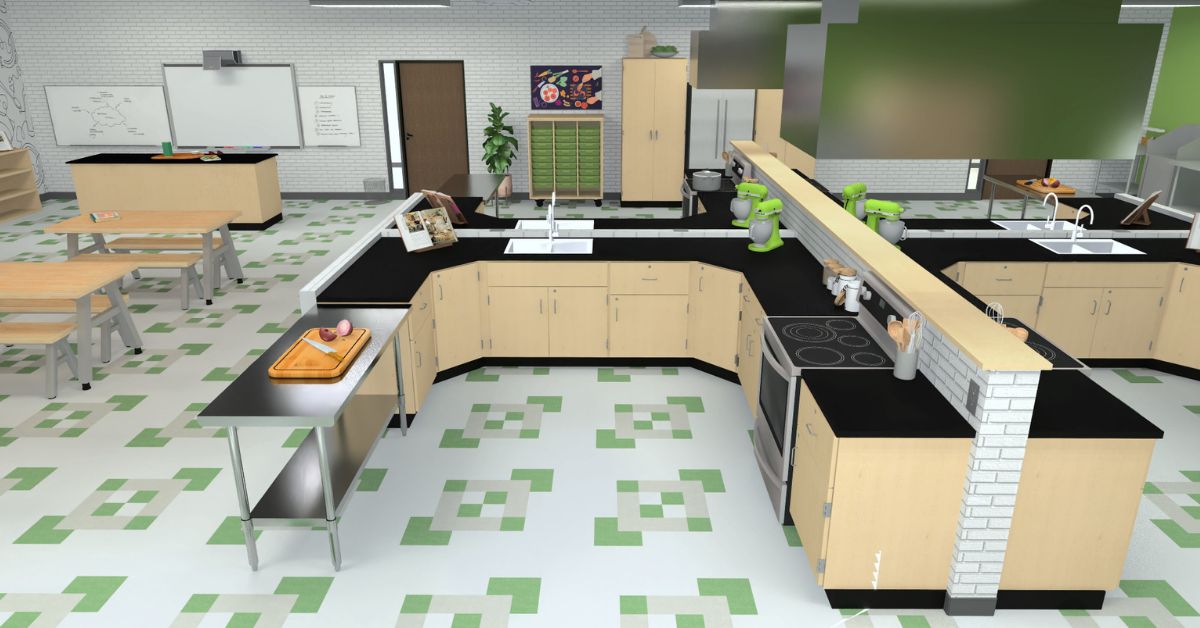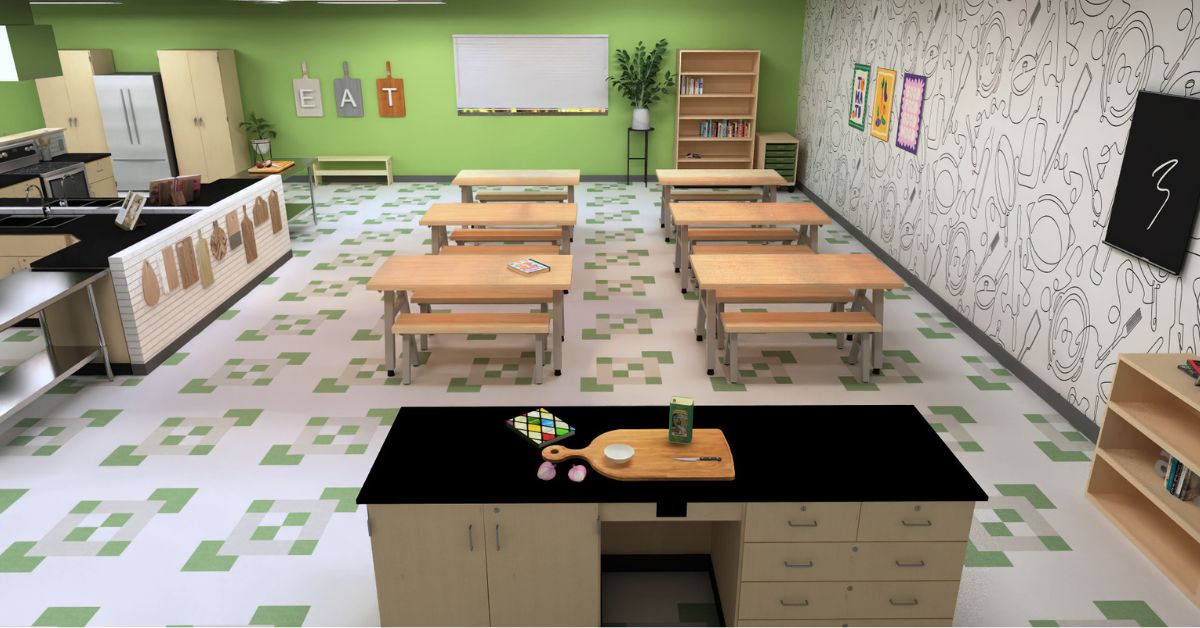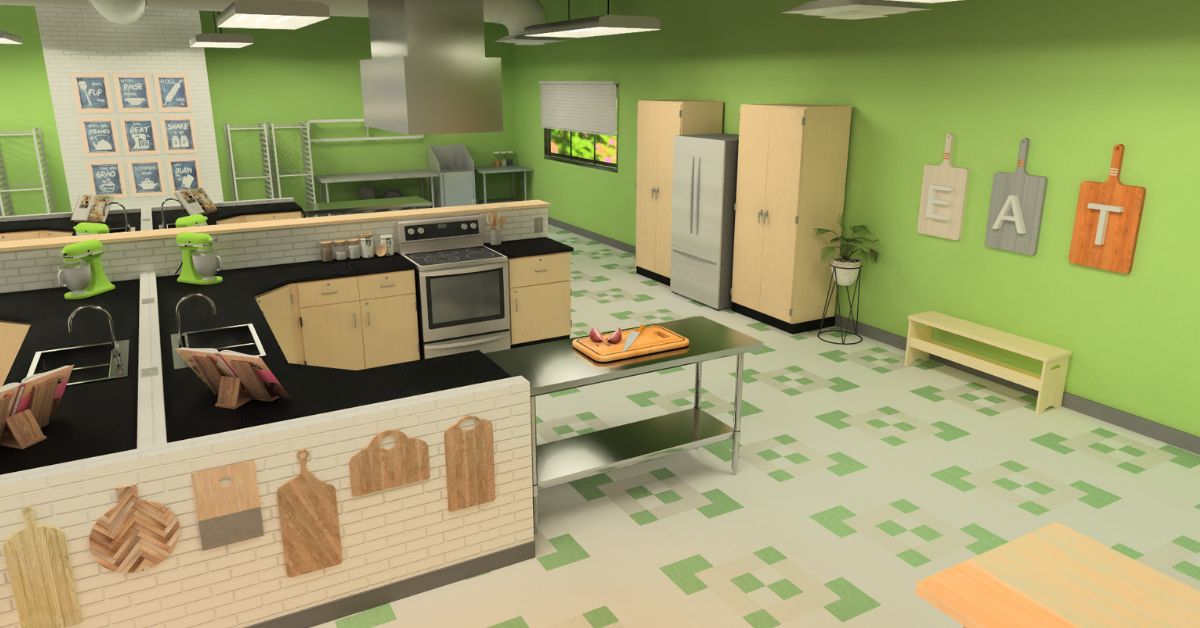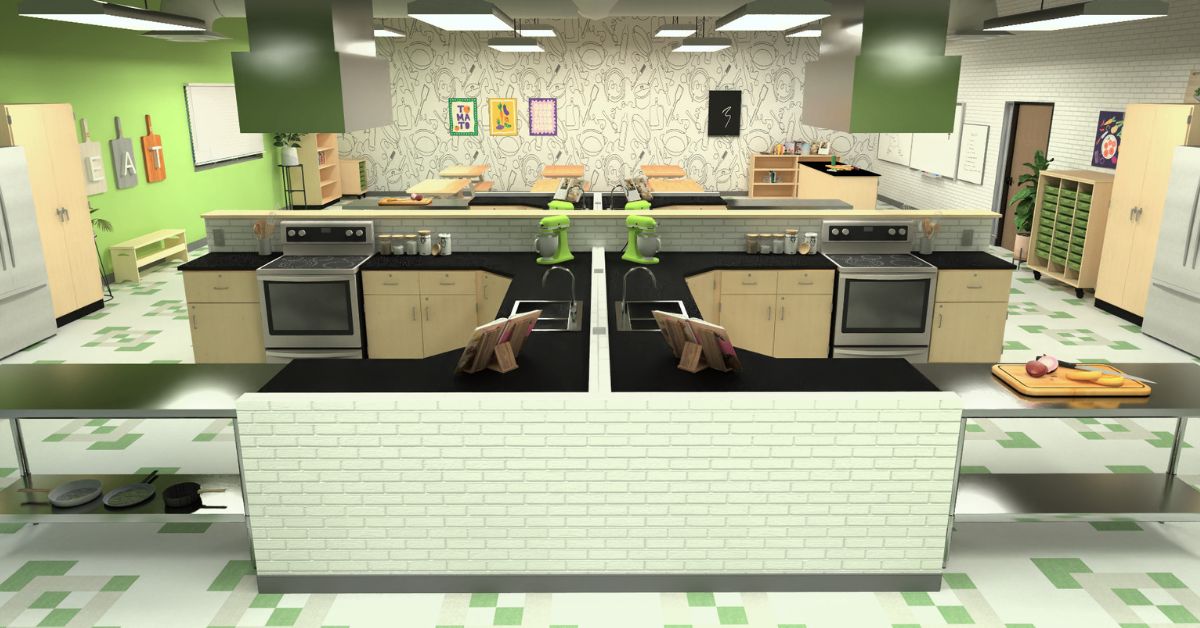Walk through any high school and you’ll find students craving more than just lunch. They want hands-on experiences and to know the things they’re learning will make a difference when they leave the building.
Culinary arts checks all those boxes. It teaches life skills they’ll use every day. It gives them structure, creativity and purpose. It helps them discover new talents and sometimes even take them down unexpected career paths.
And here’s the thing: some of your most capable, driven students might not shine in traditional classes. But give them a chef’s knife and a station to call their own, and they’ll show you what they’re made of.
If your school doesn’t offer a culinary arts program yet, here are five reasons to put one on the menu.
1. It Prepares Students for In-Demand Careers
High school culinary arts programs open the door to a growing industry. The U.S. food service sector is massive, employing over 15 million people (and counting). And according to the U.S. Bureau of Labor Statistics, jobs for chefs and head cooks are projected to grow 8% by 2033, which is faster than the average growth rate for all occupations. Even entry-level kitchen roles are in high demand!
From restaurants and bakeries to catering companies and hospitality management, there’s a wide range of career paths waiting for students. And when high school culinary arts programs offer industry-recognized credentials like ServSafe, students graduate a step ahead.
At Memorial High School in Edgewood, TX, for example, students in the culinary program earn ServSafe Manager certification before they graduate. In 2024, 16 students passed the exam, giving them a competitive edge in the job market and a clear path into food service careers.
Culinary arts programs also introduce students to other professional opportunities, including food science, nutrition and hospitality. Whether students pursue college or enter the workforce, they leave better prepared for their future.
2. It Teaches Skills That Matter
In a culinary classroom, the lesson isn’t always about the recipe. Sometimes it’s about juggling three pans at once while remembering to preheat the oven and plate the salad before it wilts. It’s about realizing you misread the instructions, adjusting fast and figuring it out anyway.
One student might take the lead on the entrée while another makes the dessert. They’ll have to talk through timing, troubleshoot when something goes wrong and back each other up without stepping on toes. That’s called teamwork and communication!
It also teaches them time management and accountability. Before the bell rings, they have to make sure they’ve cleaned their stations, double-checked their prep for tomorrow and maybe even stayed a few extra minutes to help someone catch up.
And because nutrition is often part of the curriculum, students learn how to make informed food choices for themselves and others. Everybody needs to eat, and knowing your way around the kitchen and how to prepare balanced, healthy meals is a skill they’ll use for the rest of their lives.

3. It Brings STEM to Life
We’ve all been there. You’re following a recipe, everything’s going fine … and then you add a tablespoon of salt instead of a teaspoon. One small miscalculation and the whole dish is off.
That’s the kind of mistake students remember. In culinary arts, they’re not just learning how to cook. They’re using math and science in ways that feel natural and immediate. Scaling ingredients teaches proportional reasoning. Timing and temperature introduce chemistry and physics. Food safety and sanitation are tied directly to biology and health science.
These lessons don’t come from worksheets. They come from experience. When something goes wrong, students revisit the process, ask questions and figure out how to fix it. That kind of active learning helps abstract concepts stick.
And when students see how these subjects apply outside of textbooks, they’re more likely to stay motivated. Research shows that career and technical education (CTE) students have higher graduation rates and are more likely to pursue postsecondary education or enter the workforce with confidence.
4. It Gives Students Who Learn Differently a Place To Shine
Not every student learns well in lecture-heavy classrooms. For those with ADHD, learning disabilities or who learn best by doing, culinary arts programs offers something different: movement, structure and a sense of purpose.
For example, tasks are clear and sequential – prep the ingredients, follow the recipe and plate the dish – which helps reduce overwhelm and improves focus.
In one culinary program designed for teens with ADHD, instructors found that the kitchen environment helped students stay on task longer, collaborate more effectively and feel proud of their work.
When students succeed in the kitchen, they often carry that confidence into the rest of their lives.

5. It Builds Community Inside and Outside the Classroom
Culinary arts programs create meaningful connections between students and their local communities. Many of these programs incorporate activities like catering school events, operating a student-run café or managing pop-up service projects.
They also open doors to local partnerships. Restaurants, farms, catering businesses and food suppliers often engage with high school programs by offering internships, mentoring or other helpful resources. These relationships expose students to career paths in their own communities while giving industry partners a direct line to emerging talent.
For example, North Kitsap High School in Poulsbo, WA has a licensed, student-run restaurant called Odin Inn that’s open to the public. It gives students exposure to real-life scenarios, helping them build both technical skills in the kitchen and soft skills like communication, teamwork and customer service.
Let’s Serve Up a Culinary Arts Classroom
A great culinary arts program needs more than just a few stove tops and whisks. It needs a space that includes the right workstations, layout, ventilation and equipment that can handle daily use.
At Diversified Spaces, we design culinary labs for high schools that feel like a professional kitchen, but are also built for teaching and learning.
If you’re planning a new build or updating your current setup, we’d love to help! Reach out today and let us help you create a culinary space where students learn practical skills, work as a team and grow their confidence. (And maybe even become the next top chef!)


